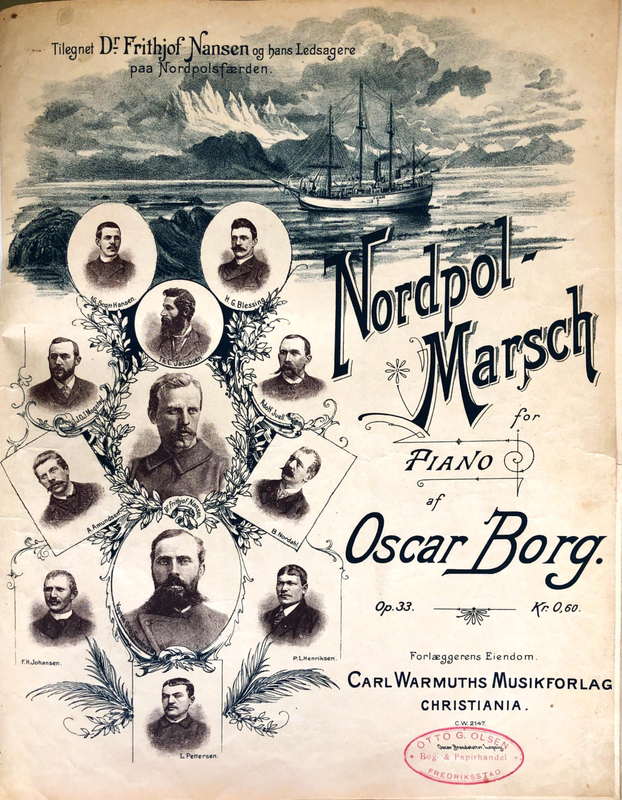
ĭuring 2022 between March and June Exercise Spring Storm took place which brought AgustaWestland Apache AH.1's and AgustaWestland Wildcat AH.1's to Estonia and other Eastern European countries. The British Army's 5th Battalion, The Rifles battlegroup, rotated back to the United Kingdom in November 2017 and was replaced by a battlegroup formed around the 1st Battalion, Royal Welsh.

Denmark and Iceland Īdditionally the Danish Army will deploy a mechanized force by 2018 at the latest. The Belgian Army contributes a 269-soldier strong Belgian Land Component armoured infantry company from the Chasseurs Ardennais with support elements and HQ staff officers. The troops serving in the multinational battalion battle groups rotate every six months and train and operate with their host nations' militaries.Įstonian multinational battalion battle group Belgium The numbers in Hungary and Bulgaria include participating troops from their own national Armed Forces. North Macedonia, Poland, Portugal, the Netherlands, United States CountryĪlbania, Czech Republic, Italy, Montenegro, North Macedonia, Poland, Slovakia, Slovenia, Spainīelgium, Czech Republic, Luxembourg, the Netherlands, NorwayĪlbania, Greece, North Macedonia, United StatesĬroatia, Italy, Montenegro, Turkey, United States With the 2022 invasion and ongoing war in Ukraine, NATO has established four more multinational battalion battle groups in Bulgaria, Hungary, Romania, and Slovakia.

The four multinational battalion battle groups are based in Estonia, Latvia, Lithuania, and Poland, and led by the United Kingdom, Canada, Germany, and the United States:


It is believed that the prospect of war with all those countries will deter aggression. The chief value of the force is that it is impossible to invade Poland or the Baltic States without battling the soldiers and firing on the flags of the involved NATO states, giving cause for war. The numbers involved, although a notable supplement to the armed forces of the country being defended, are limited so that they avoid seeming to threaten Russia. This posture in Central Europe through Poland and Northern Europe through Estonia, Latvia, and Lithuania, is in place to protect and reassure the security of NATO's Central and Northern European member states on NATO's eastern flank.įollowing Russia's invasion of Crimea, NATO's member states agreed at the 2016 Warsaw summit to forward deploy four multinational battalion battle groups to areas most likely to be attacked. Forward-deployed defense and deterrence posture in Eastern EuropeĮnhanced Forward Presence (EFP) is a NATO-allied forward-deployed defense and deterrence military force in Central and Northern Europe.


 0 kommentar(er)
0 kommentar(er)
